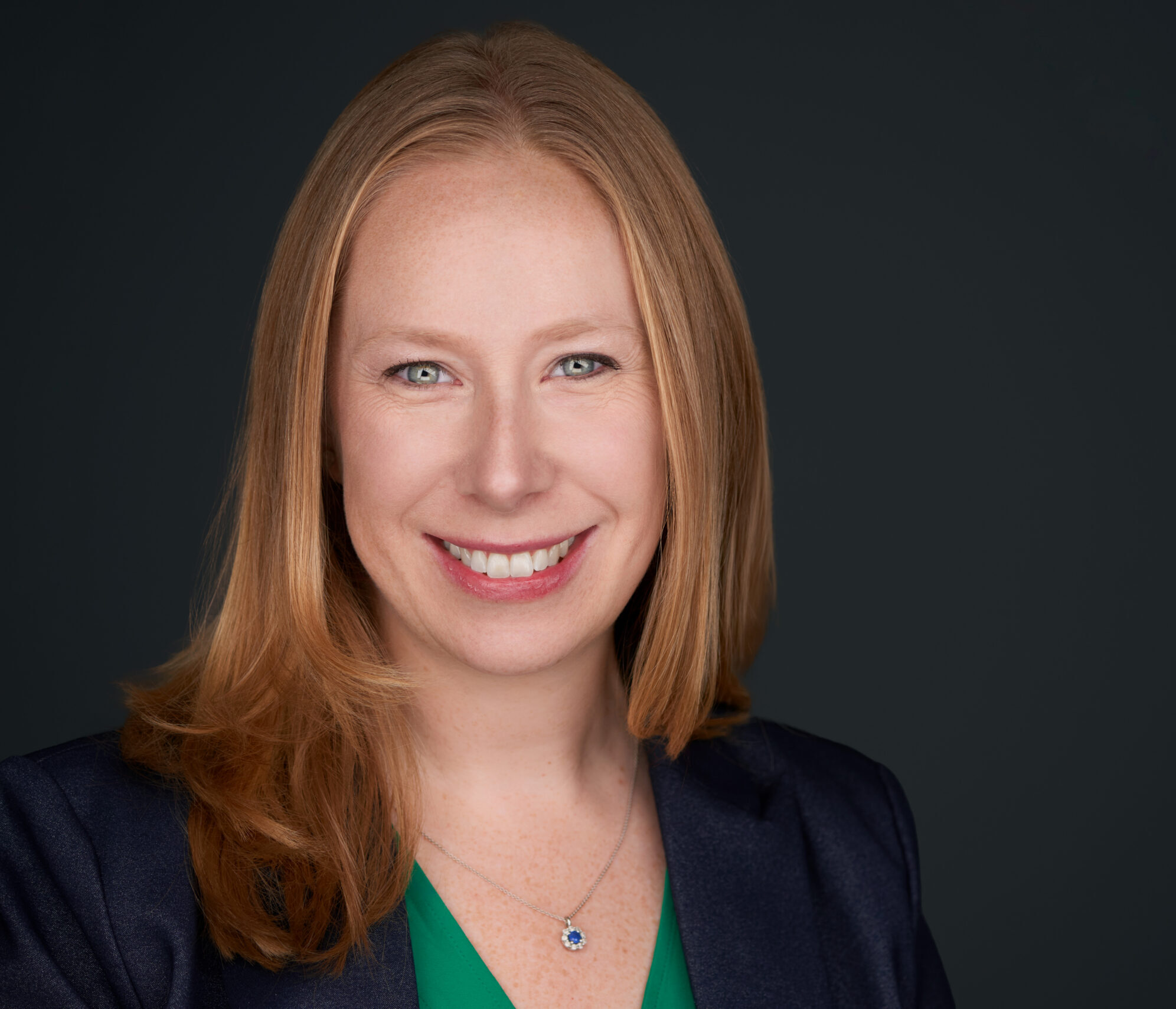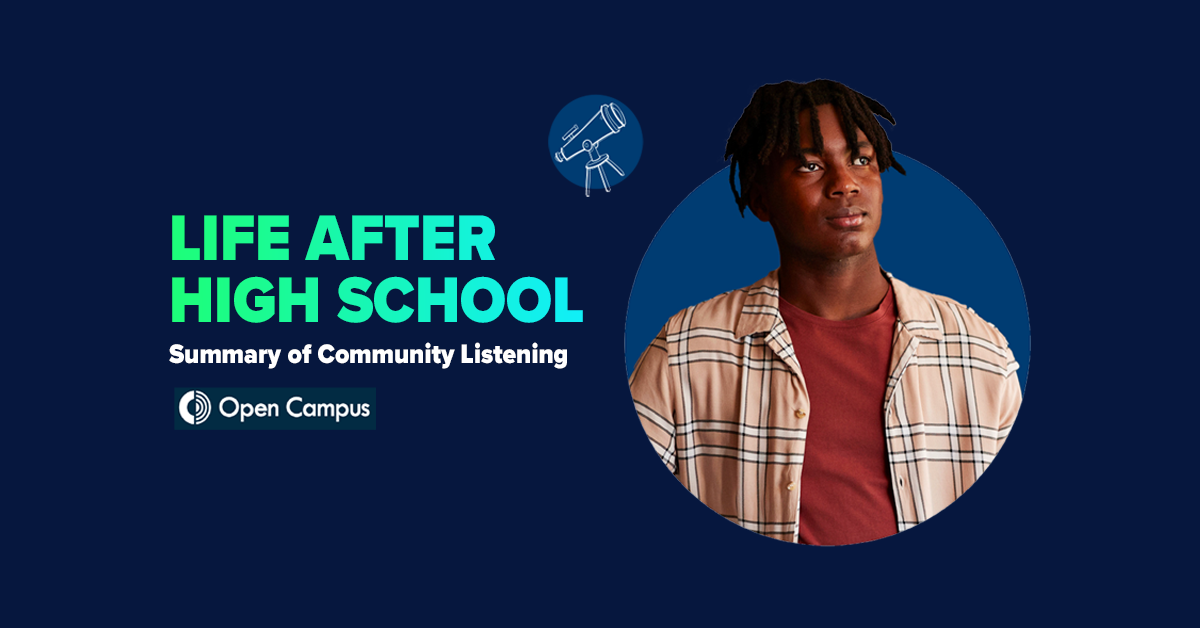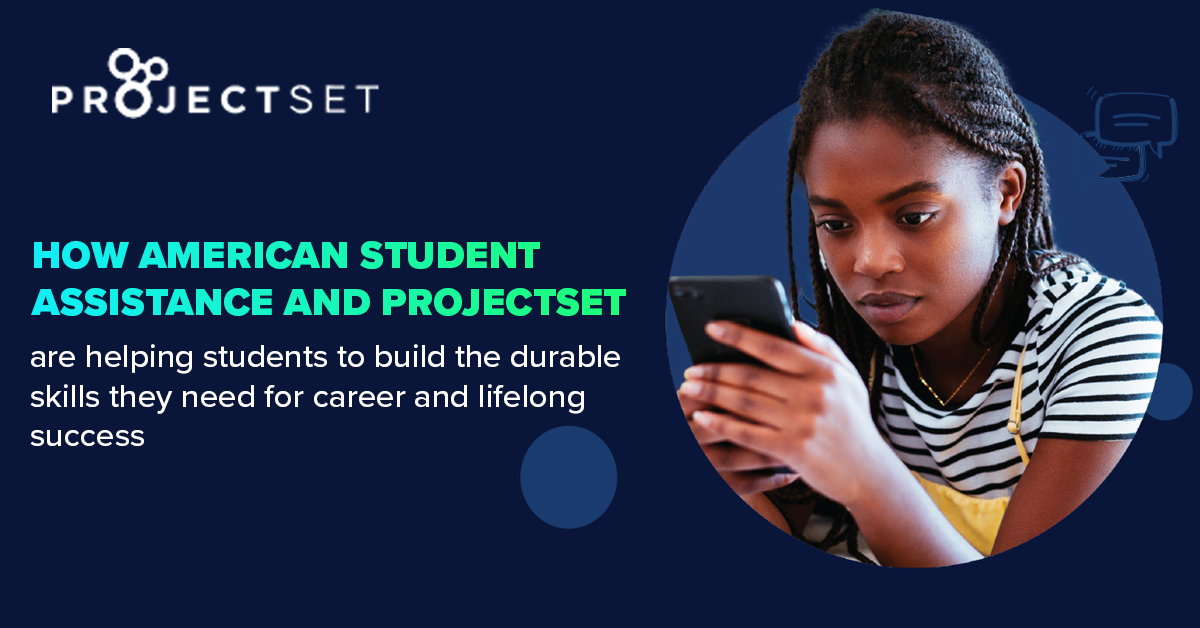During the recent SXSW EDU Conference in Austin, Texas, ASA’s Julie Lammers, SVP of Advocacy and Corporate Social Responsibility, sat down for an interview with the “Better Careers, Better Lives” podcast host, Doug Donovan, founder and CEO of Interplay Learning. The podcast features “leaders in education, technology, and the skilled trade industries, and how they are making an impact in their respective fields by providing pathways to better careers and better lives.”
Here are highlights from Julie’s conversation.
Question: One of ASA’s mission is a path for every student. Can you elaborate?
Julie: We’re a national nonprofit, and we focus on helping middle and high schoolers know themselves, know their options, and navigate a path to postsecondary education and career success. Our focus is to help young people understand the key points in their education and career journey, their own personal interests and passions, as well as how to “test and try” their interests while they’re in high school through workplace/work-based and experiential learning. And then when kids get to the end of high school, we help them navigate to whatever is next, such as postsecondary education or a career training path. So, we are really trying to help young people understand what all the key inputs are to make them think more critically about what happens after high school. We want kids to get out of the cycle in which they all automatically default to the postsecondary degree pathway because they think it’s what they should do and the next natural step, but it isn’t an option that’s deliberately thought out based on their own interests and aptitudes. On a related note, we’ll soon be sharing insightful research on Gen Z teens’ and employers’ perceptions of non-degree pathways and barriers to adoption.
Question: How are you reaching these kids? What are the models?
Julie: Our key focus is on kids from sixth through 12th grade. Primarily, we’re reaching them directly, starting in middle school. During the pandemic, we found that one of the best ways we could reach kids was going directly to them. We have had great success in reaching millions of young people — in and beyond the classroom — with digital experiences, including Futurescape®, that provide exposure to career choices that match their interests.
We are now in the process of building out what the next steps are for kids once they’ve explored careers of interest. This includes working with partners to provide a virtual internship opportunity, for instance.
We have also done career exploration work and research directly with middle schools, as part of our mission to get kids to think more deliberately about the careers that they might be interested in, based on their passions.
This early start is critical because we’ve seen research that has shown that middle school is really the point where kids start foreclosing options, so they don’t necessarily see themselves in a career. They think it’s just not possible and there’s nothing they’re going to do in high school to get them to that point. So, middle school is really a critical piece in ensuring the kids are not foreclosing options, but actually opening up a broader array of possibilities. Community organizations, such as the Boys and Girls Clubs and YMCAs, are also doing a great job at helping with career exploration and career readiness, increasingly. Also, we have been very successful working with partners like the Association for Middle Level Education (AMLE) and others to train teachers to embed career exploration into the classroom curriculum on a regular basis. We have to reach young people in multiple ways, so that when they’re ready to make these decisions, there’s a network of caring adults in their lives that can help on this path.
Question: What does work-based learning look like? Can you provide a couple of examples?
Julie: These experiences enable young people to be able to experiment and test and try what they might like, starting in high school (as opposed to waiting until after high school). This could take the form of an internship, preferably a paid internship, or a pre-apprenticeship program that provides on-the-job experience. These experiences help kids understand and build career skills, workplace identity, and social capital. Having the opportunity to meet career professionals and build social networks can be instrumental in securing jobs.
Question: Do you see experiential learning as one in the same or is that slightly different?
Julie: Sometimes it’s different. Experiential learning can be just a matter of an entrepreneurial experience that might not necessarily be on site with an employer, but it might help kids build the same work-based skills by experimenting with how to create a business. Increasingly, those entrepreneurial skills are the ones that kids want, because research tells us that this generation, in particular, is very interested in doing it themselves.
Ultimately, we want kids to be happy and healthy in their careers because it is driven by their passion. And it is a passion that they have been able to discover earlier on, test and try, and really hone where do they fit in this world. That’s the intersection that we like to see. What does the world need? What am I good at? Where are my strengths? What will the world pay me for? So, all of those things lead to happier, healthier kids, and career fulfillment.Thanks for reading, and we hope you found this helpful. For more thoughts on career readiness learning for kids, you can subscribe to ASA’s newsletter, PivotED.





